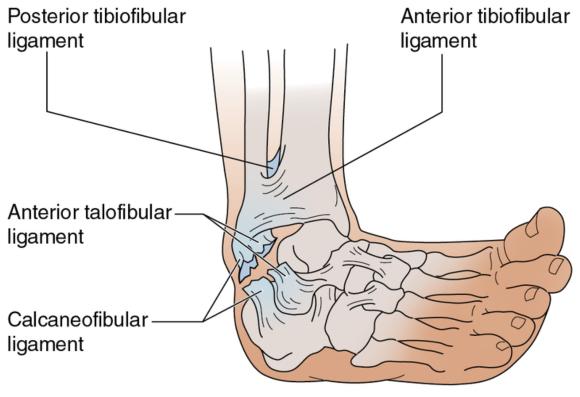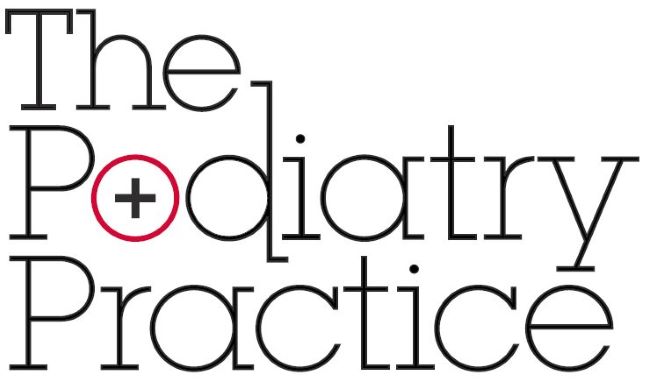- Home
- Blog Page | The Podiatry Practice Brisbane
- News
- Ankle instability (weak ankles)
Ankle sprains and strains (weak ankles) - The Podiatry Practice Brisbane
Do you ever find yourself walking along and feel unstable? Have you ever injured yourself in an ankle sprain?
Ankle sprains are commonly seen by podiatrists, ranging from adolescents through to adulthood. The most common type of ankle sprain is an inversion sprain relating to damaging the outer ankle ligaments (anterior talofibular ligament and calcaneofibular ligament). Higher ankle sprains are less common yet are becoming increasingly more recognised.

What are weak ankles?
Following an acute ankle sprain there is a reduction in joint integrity, proprioception (balance), mechanoreceptors, muscle reaction time and strength. The literature reflects a high rate of persistent disability and risk of recurrence. Predisposing intrinsic factors include reduced strength, balance and proprioception. Other factors include the type of sport or activity you participate in (‘lateral’ motion sports such as basketball, soccer or netball are higher risk sports), type of surface and footwear. The natural course of ankle injury remains ambiguous. Up to 33% of people with ankle injuries still have discomfort and instability 1 year onwards.
Ankle sprains classically are graded on a scale of how attenuated the ligament is. To grade the integrity of the ligament podiatrists will perform specific tests and note down the amount of pain, swelling and bruising associated. Treatment will be directed based on the time from injury and results from the tests. Sometimes the injury extends beyond simple ligament damage, to include bone fractures, joint injury and tendon damage.
Ankle sprains treatment
Current treatment techniques for acute ankle sprains include cryotherapy, anti-inflammatory, lace-up support, bracing and manual mobilisation. An example of bracing includes the Med Spec ASO ankle stabiliser, compression brace, or Aircast.
Long term solutions include training coordination and balance, dynamic warm up exercises, ankle taping, correct footwear, orthotics and focused neuromuscular strength training. About 20-40% of acute ankle sprain patients develop chronic ankle instability.
Rehabilitation and stability are key elements in preventing a chronic ankle. Studies have shown orthotics provide support for joint stabilisation, control postural sway and preserve neuromuscular function for an active muscular stabilisation.
When conservative measures fail to provide support for chronically unstable ankles, surgery may need to be considered. A common method is the Brostrom procedure which involves an anatomic shortening and reinsertion of the lateral ankle ligaments (ATFL and CFL) reinforced with the extensor retinaculum. The highest risk factor for an acute ankle sprain is having a previous ankle sprain, therefore prevention methods are imperative to stop recurrent injury and further weakening.
Ankle sprains that are treated early and correctly are less likely to cause long-term side effects so come in today and get assessed by one of our podiatrist to set you up on the path to success.






